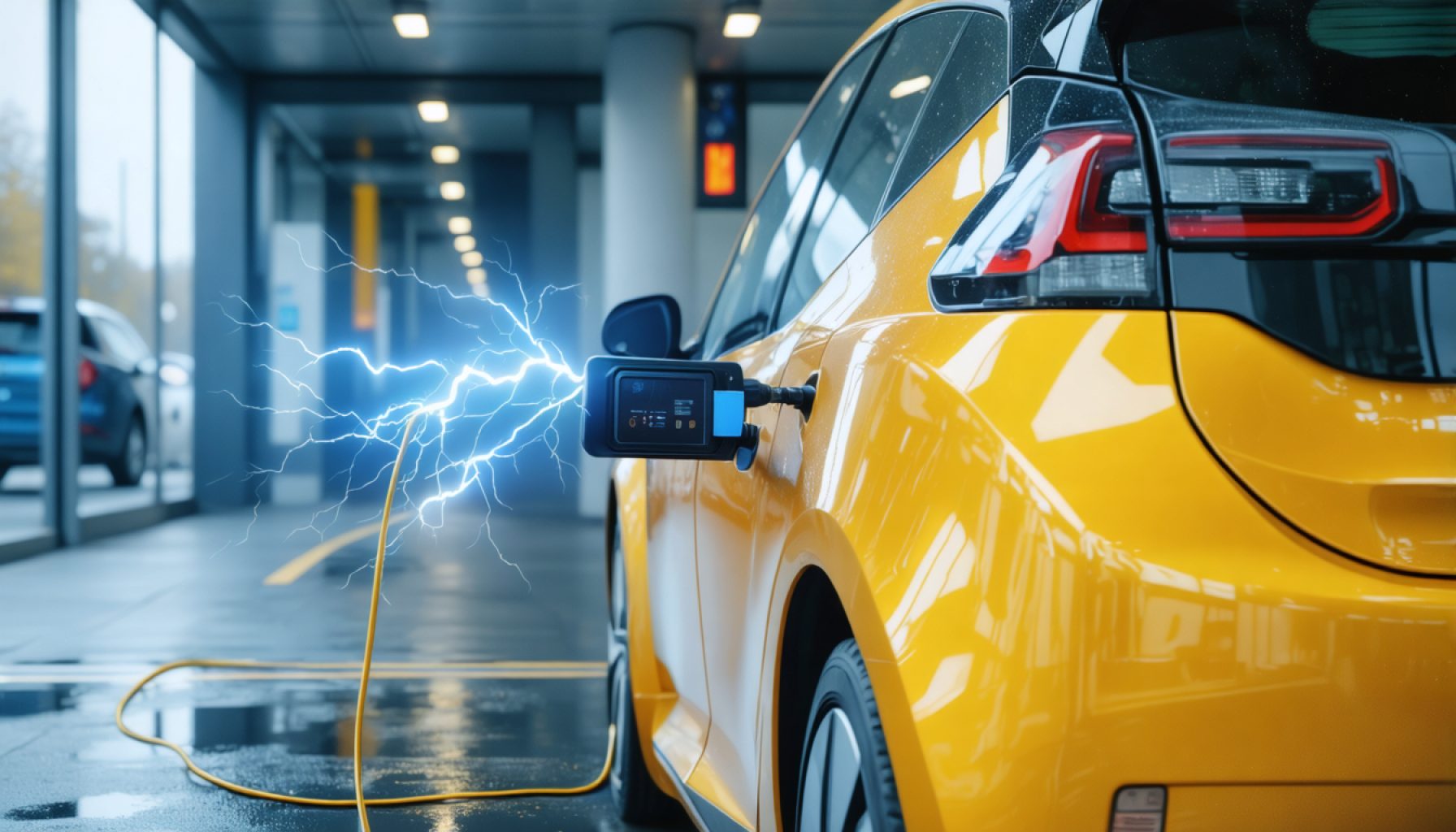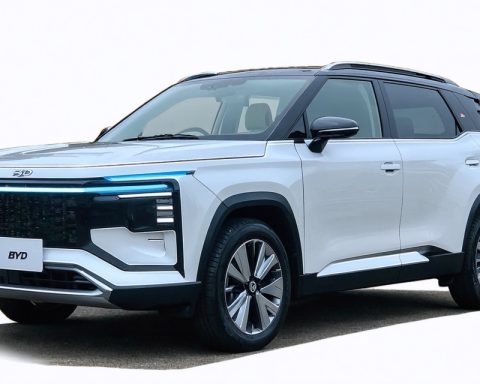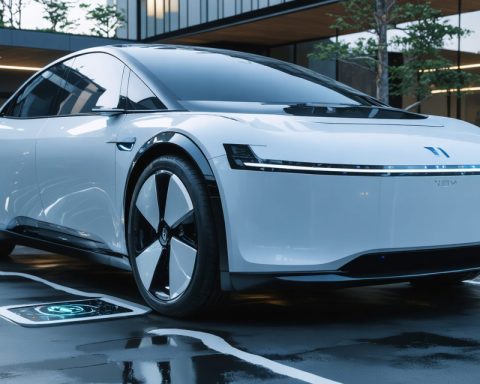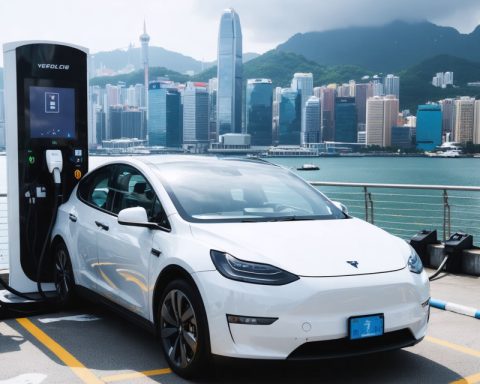- The transportation sector is experiencing a revolution led by electric vehicles (EVs), offering a cleaner and more efficient future.
- Electric vehicles represent a broader shift towards advanced technology and infrastructure aimed at reducing environmental impact.
- Businesses are exploring eco-friendly innovations, such as smart charging stations, that enhance operational efficiency and reduce downtime.
- Advanced telematics systems are crucial, allowing real-time vehicle performance monitoring and proactive maintenance, thus minimizing costs.
- Transitioning to electric fleets offers strategic advantages in terms of compliance with stricter emission standards and potential economic incentives.
- Embracing electric vehicle technology can enhance brand reputation and appeal to sustainability-conscious consumers and partners.
- Adopting electric fleets is essential for future-proofing businesses, aligning with a global shift towards sustainable practices.
The world is on the brink of a transportation revolution, with electric vehicles (EVs) at the helm, promising a cleaner and more efficient future. It’s an exciting time for businesses and service providers managing vast fleets. This emerging paradigm doesn’t just whisper change; it roars with innovation and possibilities.
Recently, businesses gathered to witness a remarkable showcase of the electric vehicle realm, immersing themselves in demonstrations that painted a vivid picture of a more sustainable tomorrow. Flanked by sleek, cutting-edge vehicles and high-tech infrastructure, the air buzzed with the promise of transformation.
More Than Just Vehicles
These weren’t just quiet cars gliding silently on asphalt; they were harbingers of a new era defined by advanced equipment and infrastructure. In a world increasingly conscious of carbon footprints, the shift to electric fleets offers a concrete step toward reducing environmental impact.
Key players in the industry unveiled technologies that marry eco-friendliness with cost-effectiveness. Charging stations equipped with smart technology, capable of rapid charging, promise to cut down downtime significantly, enabling businesses to maintain productivity. The fluidity and ease of use are tangible; imagine a world where charging is as seamless as connecting a phone to its charger—a reality, not a fantasy.
The Brains Behind the Wheels
The discussion stretched beyond just the hardware. Experts delved into the digital ecosystems powering these electric marvels. Advanced telematics systems now enable fleet managers to scrutinize every nuance of vehicle performance, optimizing routes in real-time and pre-emptively identifying maintenance needs. This predictive capability translates to fewer breakdowns and cost savings that echo the long-term viability of the switch to electric.
A Game Changer for Businesses
Transitioning to an electric fleet isn’t merely a trend—it’s a strategic move that aligns closely with environmental, economic, and regulatory advantages. As governments worldwide tighten emission standards, companies that adopt electric fleets early stand to benefit from incentives and avoid impending penalties. The math is not just in favor of the planet but also the pockets.
Businesses captivated by the electric vehicle experience saw potential not just for operational efficiency, but also in bolstering brand reputation. Associating a familiar logo with sustainability cultivates goodwill among environmentally conscious consumers and partners. It’s a magnet for audiences who regard stewardship of our planet as a shared responsibility.
A Bright, Electrified Road Ahead
As representatives drove the point home, with images spinning of EV fleet possibilities, a clear narrative emerged: embracing electric fleets isn’t merely a venture into the future. It is the future. The path is brightly lit, not just with LED headlights, but with the promise of a cleaner, more sustainable world.
The shift to electric isn’t merely an option on the horizon; it’s the principal highway toward sustainable, efficient business operations. And those willing to take the leap are already charging into an era where being green isn’t just an initiative—it’s an imperative.
Get Ready for the Electric Vehicle Revolution: What You Need to Know About the Future of Transportation
The Electric Vehicle Boom: Facts and Insights
The transportation industry is on the cusp of a revolution led by electric vehicles (EVs), promising a cleaner, more efficient future. As businesses gather to explore the world of electric vehicles, they are discovering more than just a change in transportation methods. This shift represents a comprehensive transformation involving advanced technology, sustainable practices, and economic advantages.
More Than Just Electric Cars
1. Infrastructure Innovation: The electric revolution extends beyond the vehicles themselves. Charging infrastructures equipped with smart technology are becoming increasingly sophisticated, allowing for faster and more efficient charging processes. This reduces downtime and can be as simple as plugging in a phone.
2. Smart Technology Integration: Electric vehicles are integrated with advanced telematics systems. Fleet managers can leverage these systems to optimize routes, monitor vehicle health, and predict maintenance needs, reducing the likelihood of breakdowns and increasing operational efficiency.
3. Environmental Impact: EVs help reduce carbon emissions, aligning with global efforts to combat climate change. The adoption of electric fleets is a concrete step towards minimizing environmental impact.
How to Transition Your Business to Electric Fleets
1. Assess Your Needs: Evaluate your business’s transportation needs, considering factors like range requirements, payload capacity, and your existing infrastructure.
2. Explore Incentives: Many governments offer incentives for businesses that adopt electric vehicles. Research available tax credits, grants, and rebates in your area.
3. Invest in Infrastructure: Consider investing in charging infrastructure that can support your fleet’s needs. Partner with companies that offer scalable and future-proof charging solutions.
4. Train Your Team: Ensure your team is equipped with the knowledge to manage and maintain electric vehicles, including understanding new technologies and maintenance protocols.
Real-World Use Cases and Trends
– Increased Adoption: According to the International Energy Agency, electric car sales increased by 40% in 2022, and this trend is expected to continue as prices decrease and infrastructure improves.
– Industry Shifts: Companies in logistics and delivery are rapidly adopting electric trucks to reduce costs and improve efficiency. For instance, Amazon has committed to deploying 100,000 electric delivery vehicles by 2030.
– Influence on Policy: Cities worldwide are implementing low-emission zones, encouraging more businesses to switch to electric fleets.
Pros & Cons Overview
– Pros: Reduced emissions, lower operating costs, government incentives, brand reputation enhancement.
– Cons: Higher upfront costs, range limitations, charging infrastructure reliability.
Future Predictions
– The electric vehicle market is predicted to expand, with electric cars making up 30% of the global car fleet by 2030 (source: Bloomberg NEF).
– Advances in battery technology are expected to further reduce costs and increase driving range, making EVs more accessible to a broader audience.
Quick Tips for Transitioning to an Electric Fleet
1. Start Small: Begin by integrating a few electric vehicles into your fleet to understand the process and operational changes needed.
2. Educate Your Stakeholders: Involve all relevant stakeholders in the transition process to ensure a smooth adoption.
3. Choose the Right Vehicles: Select vehicles that meet your operational requirements and utilize government incentives to offset costs.
4. Stay Informed: Keep up with industry trends and evolving technologies to continuously optimize your fleet.
For more insights into sustainable transportation and electric vehicles, check out International Energy Agency and Bloomberg.
















